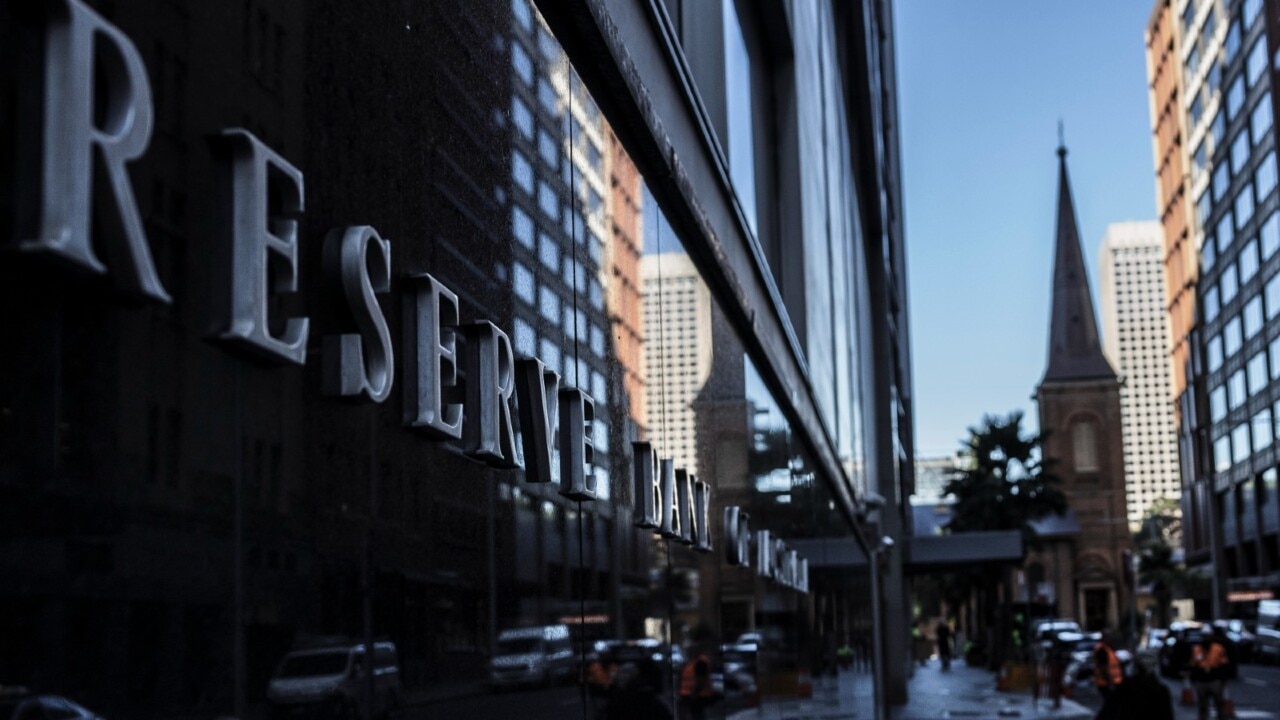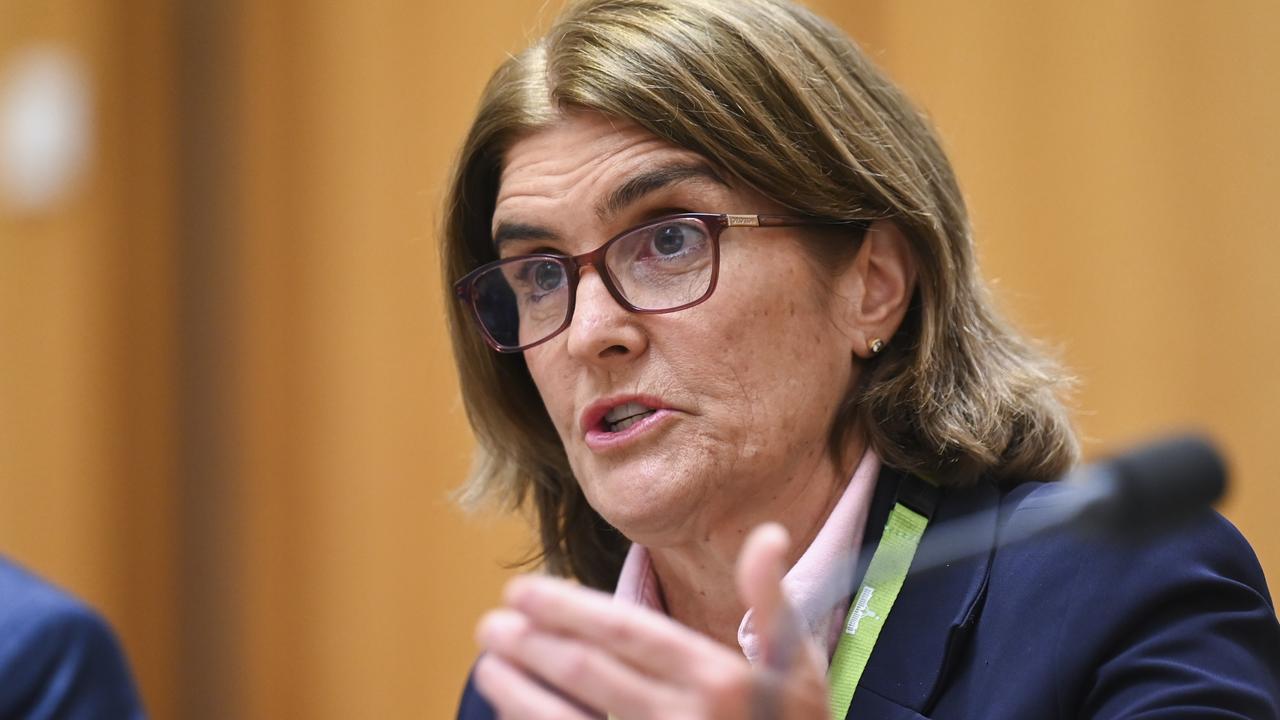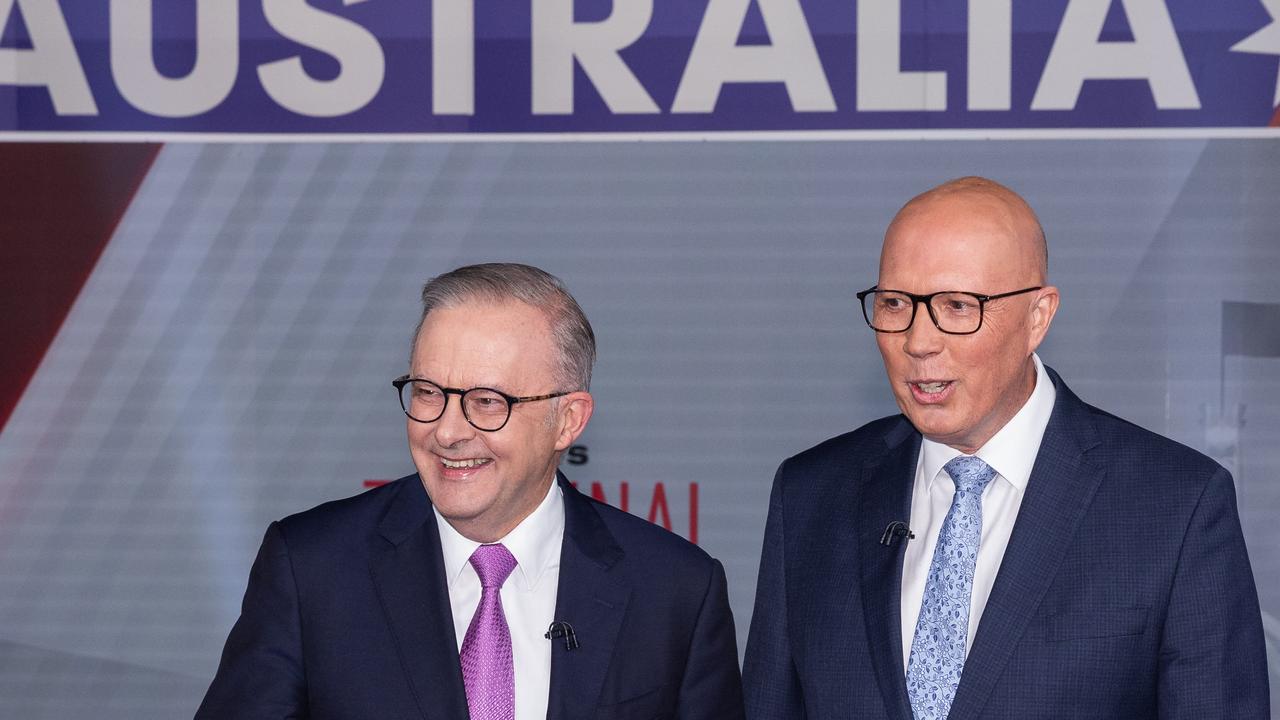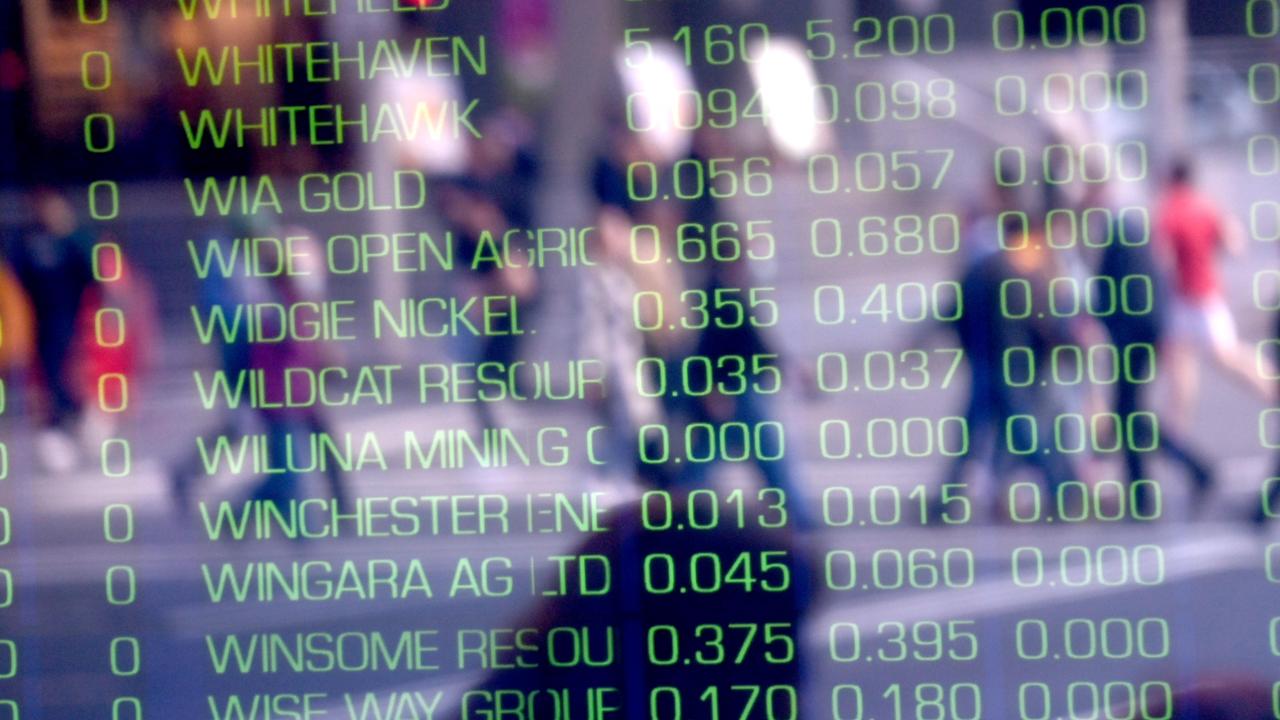Reserve Bank warns on further rate hike risk despite “encouraging signs” on inflation
Australia’s central bank has warned it may be forced to deliver borrowers a 14th rate hike in the new year, with economists split on the RBA’s next move.

The Reserve Bank has warned it may hike rates again despite noting “encouraging signs” of falling inflationary pressures across the economy.
Fresh minutes from the RBA’s December 5 board meeting — where the central bank kept rates on hold at 4.35 per cent — revealed that rates reprieve could prove to be short lived.
The RBA is battling to return inflation, which peaked at 7.8 per cent in December 2022 but has fallen to 4.9 per cent on most recent measures, back to its 2 to 3 per cent target band.
In the minutes of its final meeting of the year, released on Tuesday morning, board members noted any further tightening would be dependent on whether incoming data would “alter the economic outlook and the evolving assessment of risks”.
“In making its decisions, the board will continue to pay close attention to developments in the global economy, trends in domestic demand, and the outlook for inflation and the labour market,” the minutes read.
Fresh inflation data for the December quarter, due in late January, will be key to whether the central bank hikes interest rates a 14th time at its next board meeting, scheduled for February 6, economists said.
While bond markets are implying a 4 per cent chance of a hike to 4.6 per cent at the RBA’s February meeting, expectations of the first rate cut have been delayed from June out to August.
Commonwealth Bank’s head of Australian economics Gareth Aird said the meeting minutes showed the RBA had finished hiking rates, with CBA expecting rate cuts would commence by September 2024.
“Against the backdrop of rising unemployment and falling GDP per capita the Board will be quite reluctant to tighten policy further,” Mr Aird said.
“Indeed the need for further rate rises has dissipated.”
But JP Morgan Australia chief economist Ben Jarman said the meeting minutes showed the RBA may be forced to hike again due to strong domestic demand.
“Overall, the vigilant tone of the minutes showed a bias to do a bit more if needed, with cuts not appearing feasible near-term,” Mr Jarman said.

NAB’s head of market economics Tapas Strickland agreed, asserting that the February meeting “should be considered live” while rate cuts shouldn’t be expected soon.
“NAB continues to see the RBA hiking in February … it is unlikely the RBA would contemplate cuts as early as the first half of 2024 as the market is pricing,” Mr Strickland added.
Pre-Christmas pause as RBA awaits new data
The meeting minutes revealed the RBA considered lifting the cash rate to 4.6 per cent in December to address concerns that inflation will remain higher for longer, a problem which RBA governor Michaele Bullock has cautioned is increasingly “home grown”.
“[D]omestic demand was judged still to be running above the level consistent with the inflation target and growth could be supported in the year ahead by a recovery in real household disposable income as inflation declined,” the minutes read.
However, the case for keeping rates steady was the “stronger one”, the minutes showed, as the central bank waited for further data to assess how the economy was coping under the weight of the 13 previous rate hikes.

Typically, changes to interest rates take about 12 to 18 months to flow through the economy to fully impact households and businesses.
In reaching its decision, the board also noted that the pace of disinflation – a decrease in the rate of inflation – had picked up overseas, potentially easing local price pressures.
“If emulated in Australia, this would be helpful in bringing inflation back to target.”
Board members were also conscious of a souring in jobs market, noting “there is the possibility of a larger rise in the unemployment rate than anticipated”.
“Members agreed there was sufficient value in waiting for further [economic] data to assess how the balance of risks was evolving and how best to balance these risks when setting policy.”
Households experiencing ‘painful squeeze’: RBA
Ahead of the meeting, a reprieve from further tightening was widely expected, with economists almost unanimously forecasting a hold, while money markets were pricing a near zero chance of a hike to 4.6 per cent.
As the RBA has ratcheted up interest rates, mortgagors have witnessed a substantial increase in their repayments, causing households to experience “a painful squeeze on their finances”, the central bank said.
Indeed, borrowers with an average-sized variable rate loan of $585,000 are already paying more than $1500 extra every month than they were before the RBA started its tightening cycle, according to loan comparison website Compare the Market.
Read related topics:Reserve Bank



